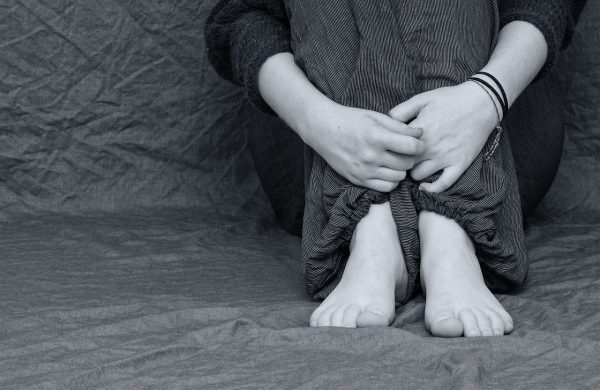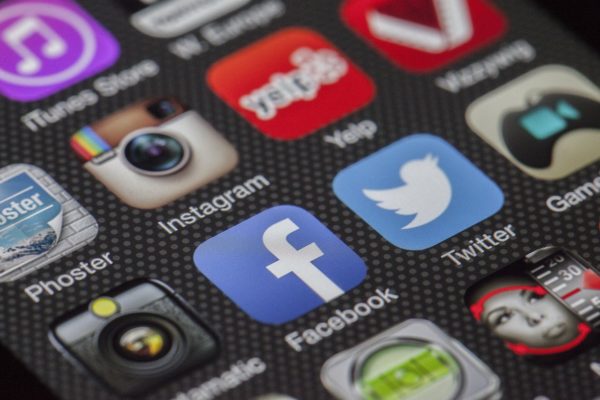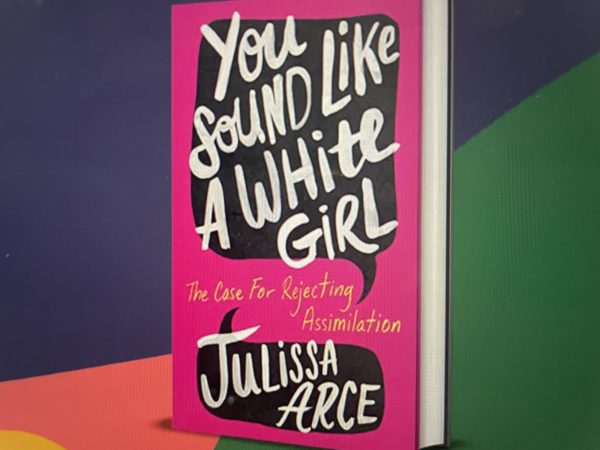Internet Analysis: Social Media’s Obsession with Aesthetics and Fast Fashion
Social media has made many things mainstream, but one that has stood out the most on platforms like Instagram and Tik Tok is the phenomenon of aesthetic culture. What is aesthetic culture? Aesthetic culture is the ideology of beauty and art based on modern society. The general meaning of aesthetic is specific; according to the Merriam-Webster Dictionary it is,” A branch of philosophy dealing with the nature of beauty, art, and taste and with the creation and appreciation of beauty.” An example you may be familiar with is the VSCO girl aesthetic, one of the main aesthetics that became mainstream on Tik Tok. Following that trend, came aesthetics like dark academia, indie, grunge, and many more.
Within each aesthetic, there would be specific articles of clothing and accessories that you can wear to achieve that said aesthetic. The downside to the uproar of aesthetic culture is that it flattens the complexity of styles and reduces people to a one-dimensional archetype that lacks individuality. This labeling of the fashion people wear, causes many to feel they cannot deviate from that aesthetic and have to be consistent, which is false. The limitation, and hesitation, to mix and explore other aesthetics may disrupt how people want to be perceived by others within their aesthetics.
People are fascinated with the idea of being able to fit into any category of fashion as they please, and aesthetic culture gives them an opportunity to explore different styles that they dislike and like. The act of defining one’s self is the purpose of modern aesthetics, but there’s more that meets the eye to simply being a consumer of aesthetic culture. Social media’s commitment to aesthetics has warped our perspective and expectations of where to find our identity. Money and financial accessibility are becoming a defining characteristic of aesthetic niches on social media. Things such as five hundred dollar Shein hauls, hyperspecific articles of clothing, and items to be bought to fit the aesthetic, all contribute to these warped expectations of identity. Our obsession with aesthetics essentially kills our self-expression, and the aesthetic culture becomes commodified in a mainstream and marketable way. This becomes very obvious when the aesthetics are placed on platforms like Tik Tok or Instagram. This action reduces the importance of personal expression and makes it more about fitting into a consumerist box, rather than self-expression.
TikTok and Instagram hauls lead to overconsumption when it comes to micro-trends; trends that rise to popularity and leave the trend cycle faster. These trends have their temporary fame, then something else becomes trendy. This “cycle” pressures people into buying new clothes. The cheapest way this occurs is through fast fashion, which causes micro-trends to get shorter. The enormous amount of clothing wasted seasonally, with fast fashion stores (the main one being Shein), shows how many people buy huge hauls to fit into a trending aesthetic. These clothes then get thrown away when another aesthetic becomes popular. The never-ending cycle of buying new clothing, and throwing them out, leads to a negative environmental impact. According to Charlotte Moldrem, who quotes from Eco-Friendly Habits, “92 million tons of fast fashion end up in landfills every year, and take over 200 years to decompose.” Overall, it is best to be mindful and self-aware when making big purchases and to ask yourself, do I see myself wearing this in one or two years? If the answer is no, you might want to put down your phone.











